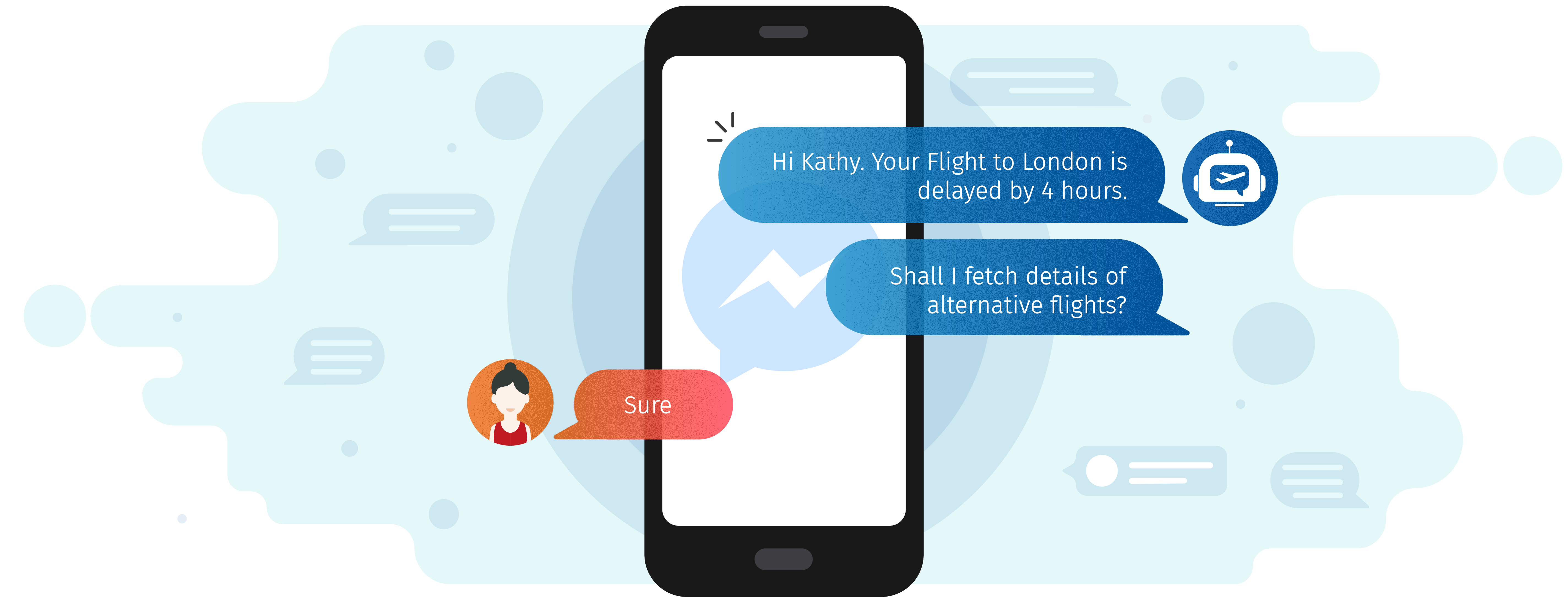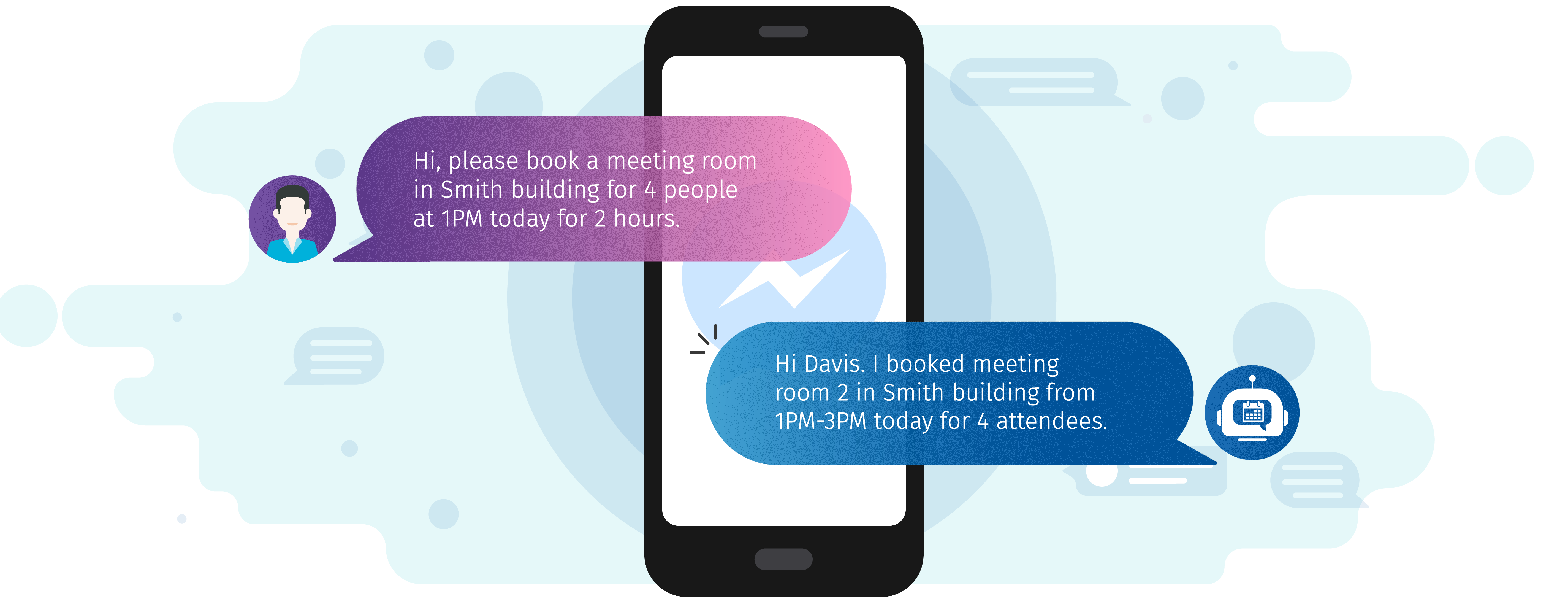
There’s been a lot of buzz around chatbots lately and it’s growing louder by the day.
We think, and the statistics back us on this, that strong business imperatives are driving this chatter around chatbots. You may already be familiar with some of these imperatives. Take this one for instance –
Your customers are millennials and they prefer using messengers and chats for most if not all their communication needs.
But, this fondness for chat isn’t the only thing driving enterprise adoption of chat bots. Changes in customer and employee behavior and expectations are playing a part too. To illustrate how, we pick a few stats that reflect customer expectations on support issues and show how chatbots are catering to these expectations:
Chatbots fulfill these customer expectations…
Clearly, bots help you engage your customers in a manner they prefer. But that’s just one of the reasons why businesses are adding chatbots to their digital customer service mix. There are others.
Chatbots provide contextual, timely and up-to-date information to users (in a conversational style via chat). By providing the right information proactively or in response to a query, chatbots drive greater efficiency, engagement, and productivity amongst different user groups.
Sounds interesting? Let’s explore ways to actualize these impacts for your business by examining a few simple use cases:
#Impact 1: Better Customer Engagement
If an enterprise provided proactive and intelligent conversational experience to its customers, customer satisfaction is likely to increase. For e.g. wouldn’t it be nice for a customer to see proactive notification of a delay on her scheduled flight along with suggestions on alternative flights? And would it not be even better to see that notification around the time she leaves for the airport or before?

#Impact 2: Greater Efficiency
Accurate information should just be a message away. wouldn’t it be nice for a customer to simply ask “What is the status of my order?” and not only be provided with the current status but also be prompted to receive automatic future notifications as the order progresses through the supply chain?
Transport and Logistics giant UPS is using a (AI powered) chatbot to meet customers where they are. The bot allows UPS customers to track orders, get a shipping quote or find a UPS location.

#Impact 3: More Productivity
Employees often work through systems with cumbersome processes and navigation. Enhancing employee productivity not only helps an enterprise financially but productive workers are known to be happier workers. Examples for mundane yet important tasks that chatbots can help with: updating availability on a calendar could be as simple as messaging “I am available from 2 pm – 4pm on September 20.”

These are just a few simple examples. As technology matures and platforms bring more capability to forefront, bots can add more value to users and cater to solving more complex tasks.
Finally, it all boils down to this:
To Bot or Not?
Most of the world has shifted to mobile-first. As this trend progresses, audiences everywhere will start demanding more engaging mobile experiences. And businesses will need to launch a new-generation of products and/services that rely on Artificial Intelligence engines, cognitive services and improvements in NLP engines to cater to the demand!
So, do you have a request that should be a message away?